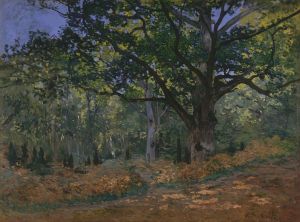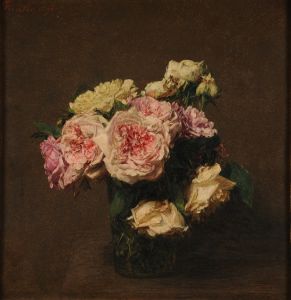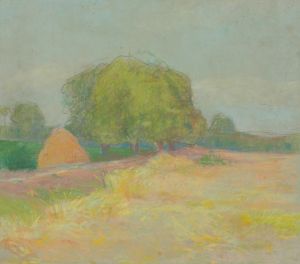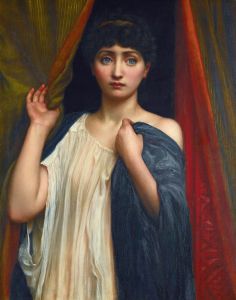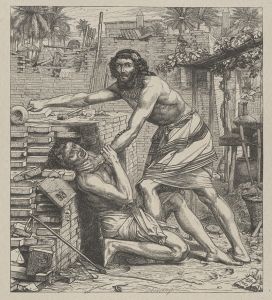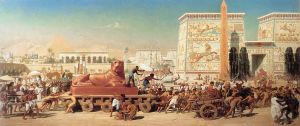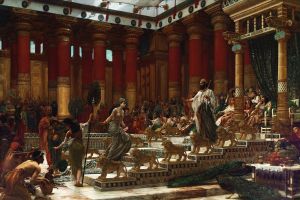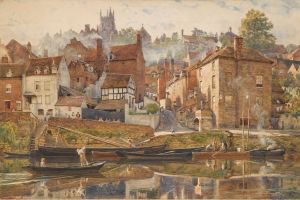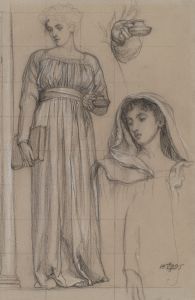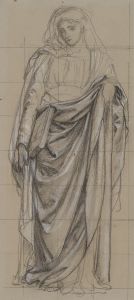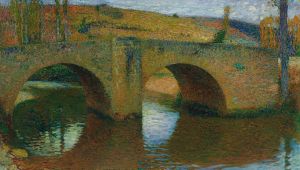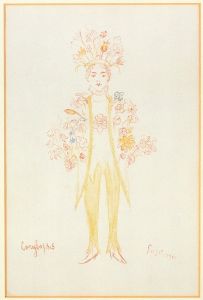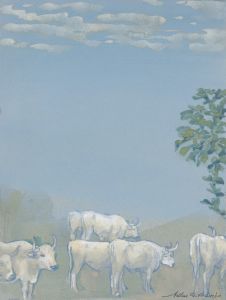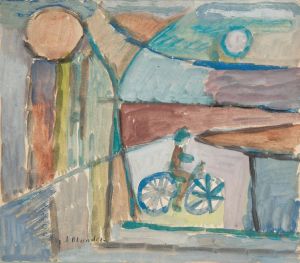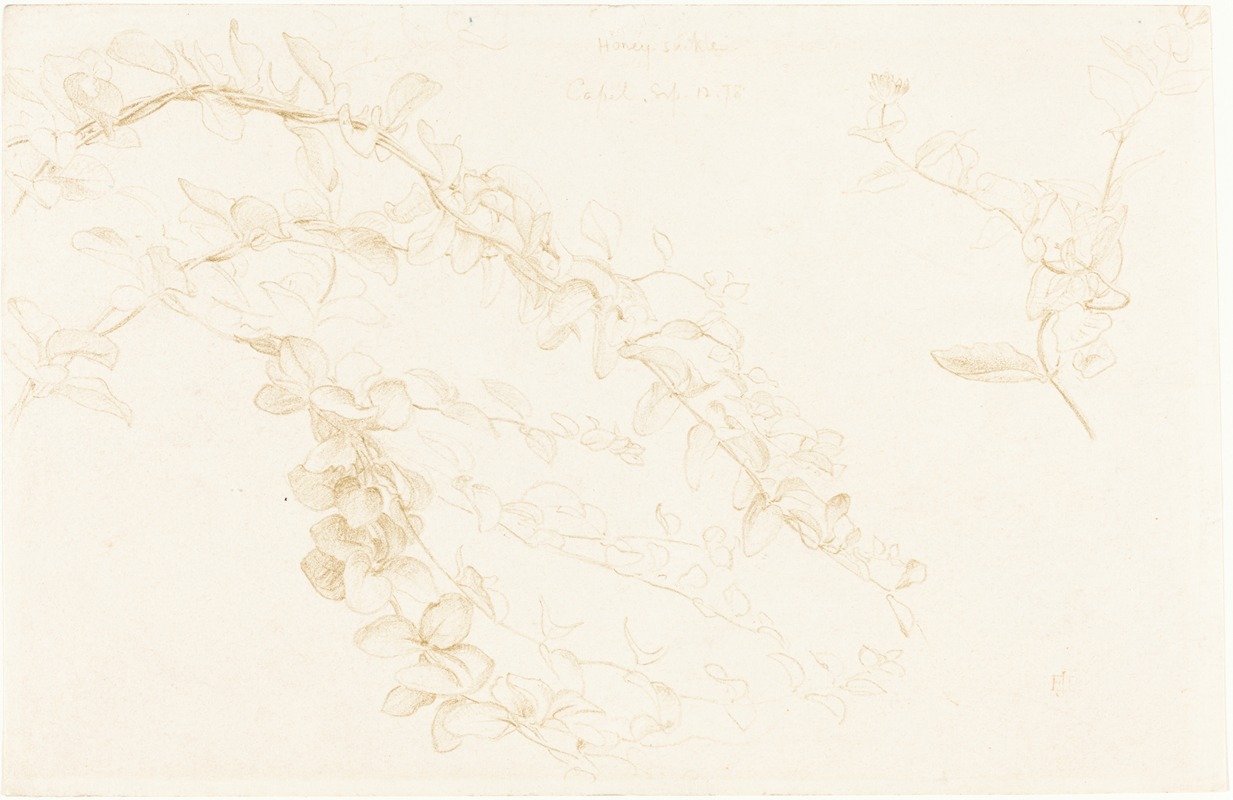
Honeysuckle
A hand-painted replica of Edward John Poynter’s masterpiece Honeysuckle, meticulously crafted by professional artists to capture the true essence of the original. Each piece is created with museum-quality canvas and rare mineral pigments, carefully painted by experienced artists with delicate brushstrokes and rich, layered colors to perfectly recreate the texture of the original artwork. Unlike machine-printed reproductions, this hand-painted version brings the painting to life, infused with the artist’s emotions and skill in every stroke. Whether for personal collection or home decoration, it instantly elevates the artistic atmosphere of any space.
Edward John Poynter was a prominent British artist and academician known for his classical and historical paintings. One of his notable works is "Honeysuckle," a painting that exemplifies his meticulous attention to detail and his ability to capture the beauty of the human form intertwined with nature.
"Honeysuckle" was created during the late 19th century, a period when Poynter was at the height of his artistic career. This painting reflects the Victorian era's fascination with classical themes and the natural world. Poynter, who was deeply influenced by the Pre-Raphaelite Brotherhood and classical art, often incorporated elements of mythology and nature into his works, and "Honeysuckle" is no exception.
The painting depicts a serene and idyllic scene, featuring a female figure surrounded by honeysuckle vines. The choice of honeysuckle is significant, as the plant is often associated with love, devotion, and the bonds of affection, themes that were popular in Victorian art and literature. Poynter's use of honeysuckle may symbolize the intertwining of human emotions with the natural world, a common motif in his work.
Poynter's technique in "Honeysuckle" showcases his skill in rendering textures and details. The delicate portrayal of the honeysuckle flowers and leaves demonstrates his keen observation of nature, while the soft, flowing drapery of the figure's clothing highlights his ability to depict the human form with grace and elegance. The composition is carefully balanced, with the figure positioned in a way that draws the viewer's eye through the painting, creating a sense of harmony and tranquility.
As an artist, Poynter was known for his academic approach to painting, often drawing inspiration from classical antiquity and the Renaissance. He studied at the Royal Academy of Arts in London and later became its president, contributing significantly to the institution's development. His works, including "Honeysuckle," reflect his dedication to the principles of academic art, emphasizing technical skill, historical themes, and the idealization of beauty.
"Honeysuckle" is a testament to Poynter's ability to blend classical influences with the natural world, creating a work that is both timeless and evocative. The painting remains an example of the Victorian era's artistic values and Poynter's contribution to the art world. It is a piece that continues to be appreciated for its beauty and craftsmanship, reflecting the enduring appeal of Poynter's artistic vision.
While specific details about the provenance or current location of "Honeysuckle" may not be widely documented, the painting is representative of Poynter's broader body of work, which can be found in various collections and institutions dedicated to 19th-century British art.





